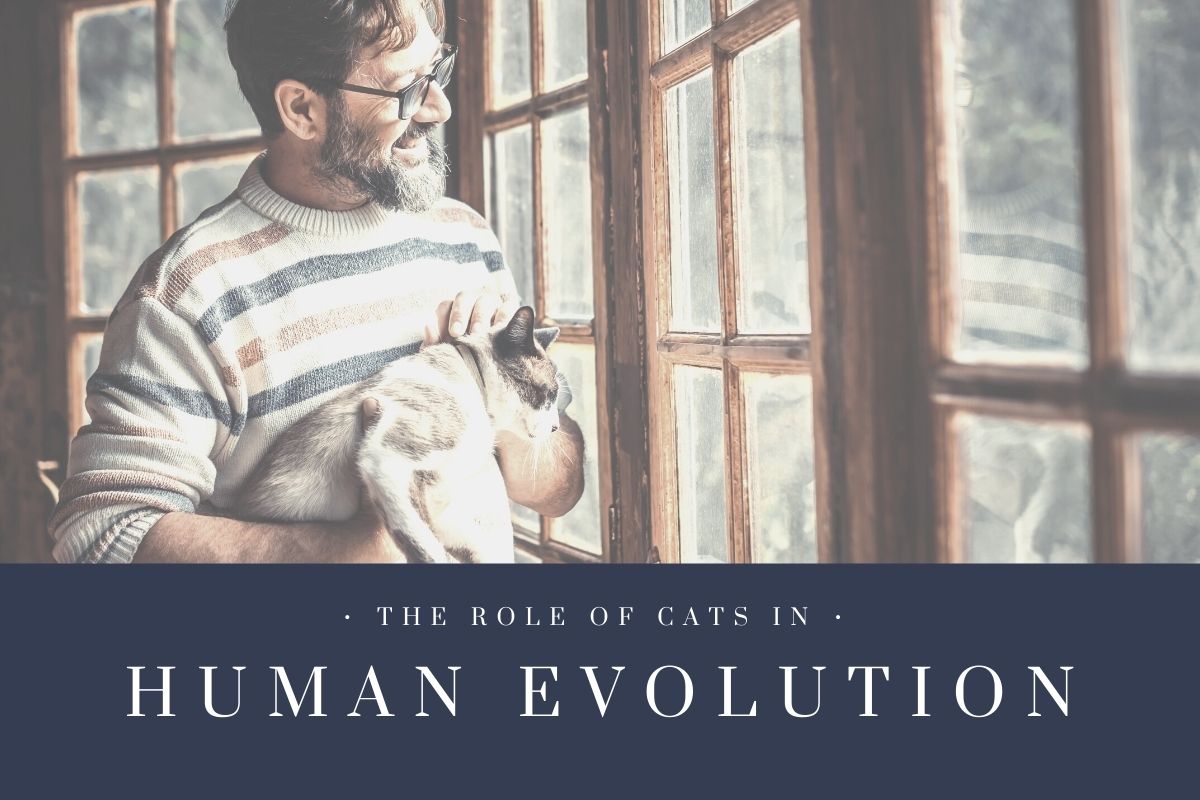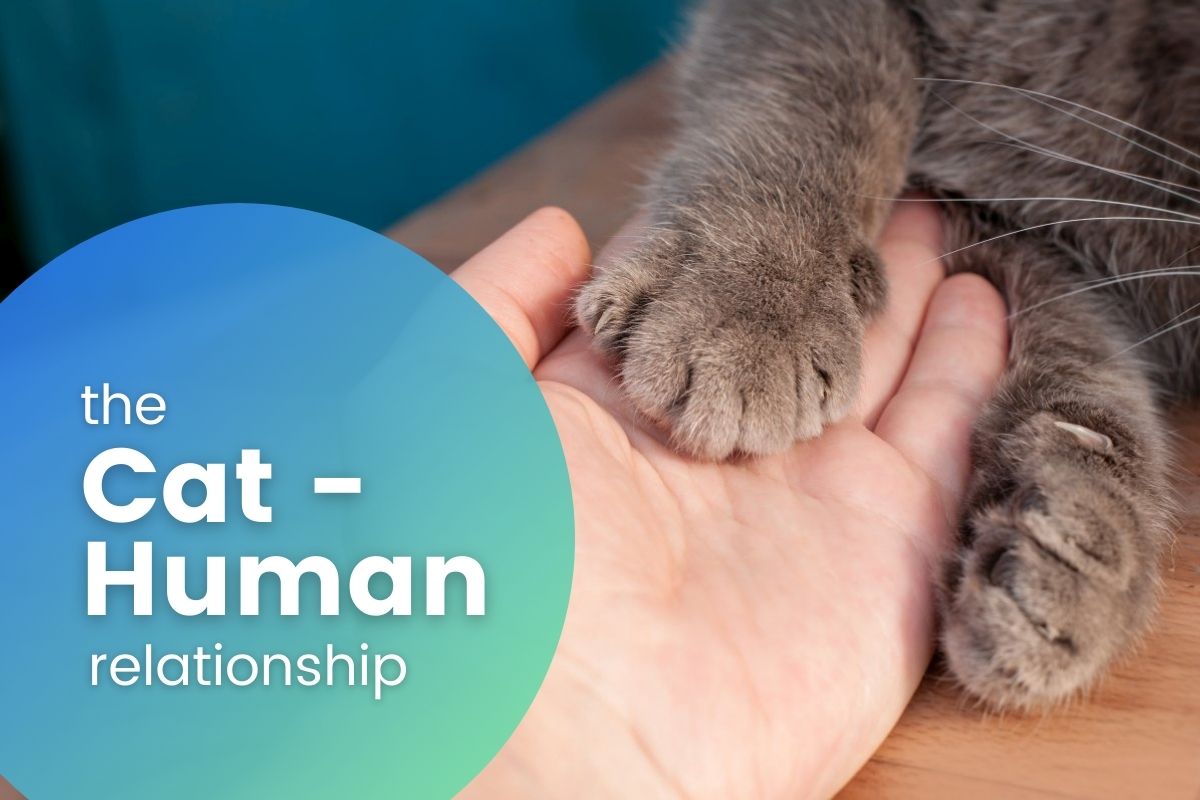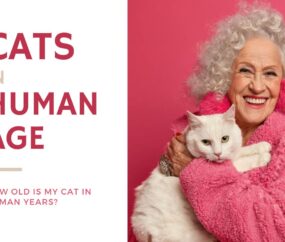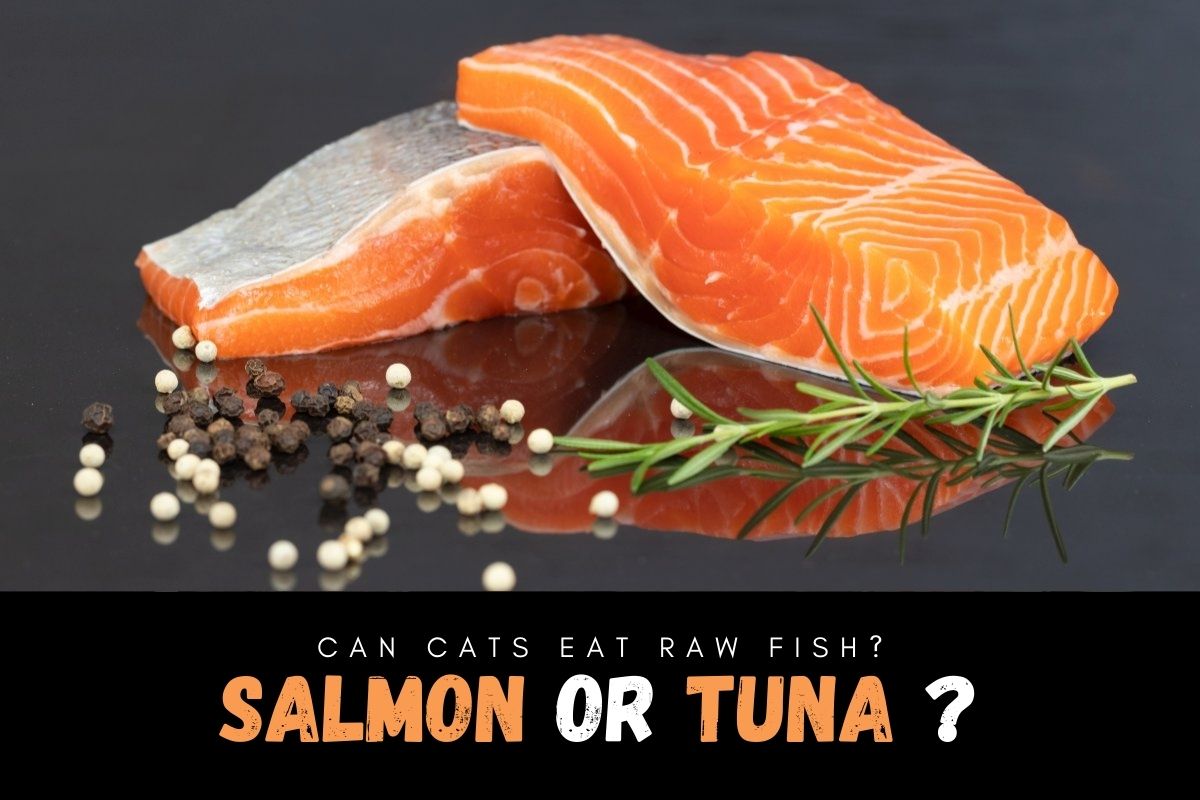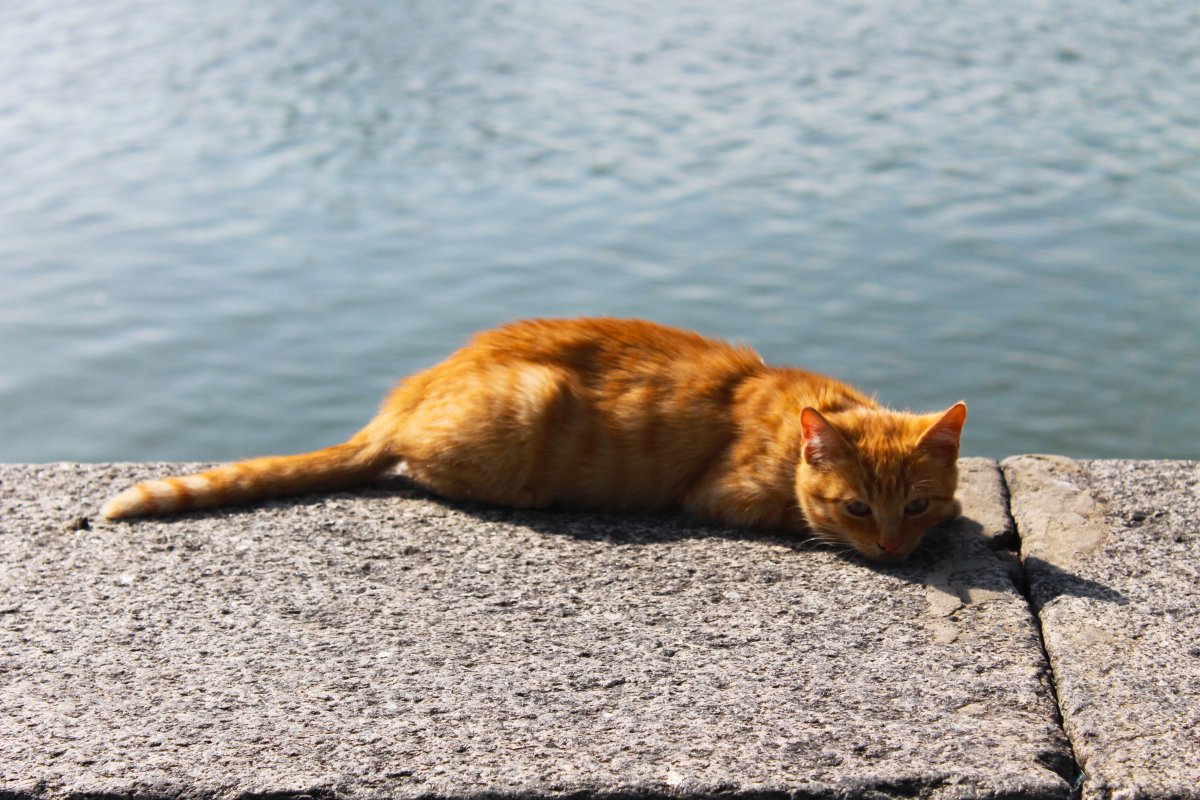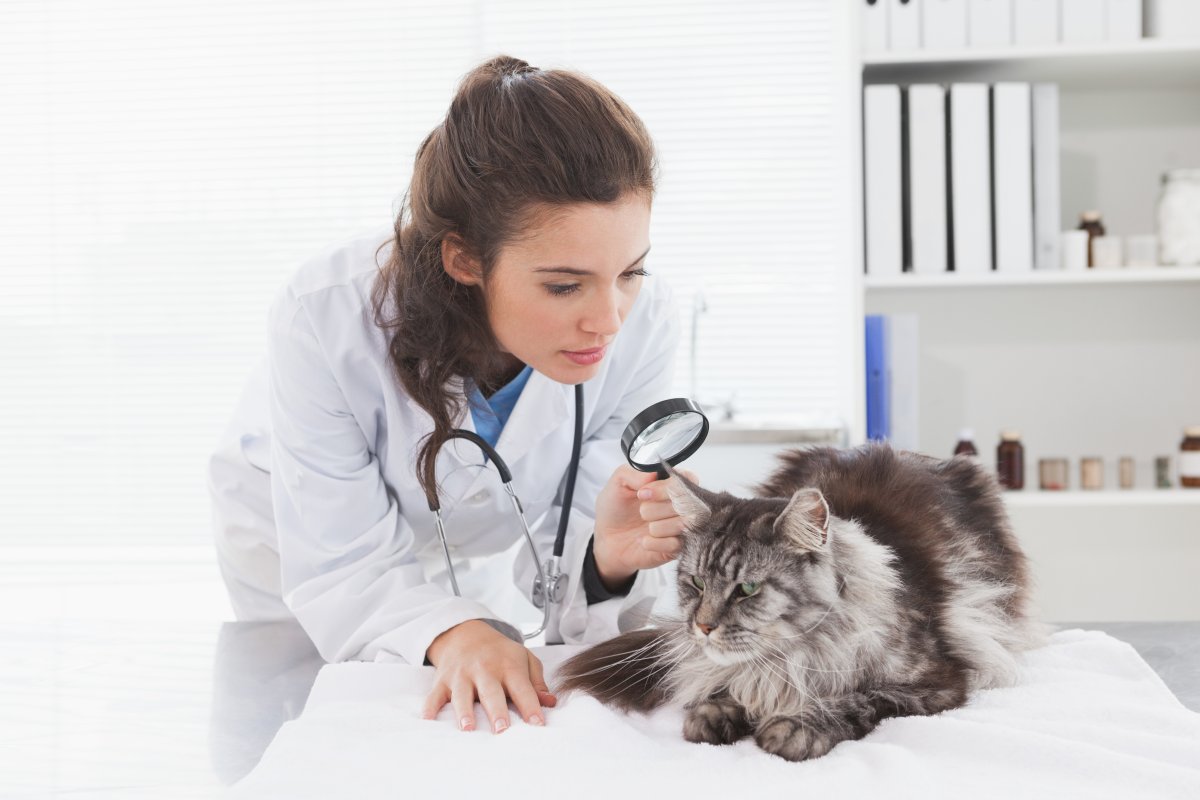The cat’s role in human lives has become increasingly important over the centuries. Cats were initially viewed as wild animals who were a potential threat to human safety. However, today cats are one the most common and beloved pets on the planet. This means that the cat’s role has significantly evolved, and in this guide, we explore how that evolution came about. Cats always seem to have a mind of their own, and you will not be surprised when you find out how exactly they came to befriend human beings!
Have cats evolved genetically?
According to scientists, many animals have evolved genetically over the centuries. This is because animals adapt their bodies and attitudes to keep up with the change in their environment and settings.
Since cats are some of the most common pets these days, scientists have also undertaken a detailed study of their DNA to see if it varies from their ancestors. After all, the cat’s role must have changed somehow when it changed from a wild, feral animal into a domesticated pet.
One of the most recent studies involved studying the DNA of cats from today and their ancestors from about 9000 years ago. Scientists were able to collect samples from old Romanian cats and cat mummies that were found in Africa.
However, they were surprised to find that even though the cat’s role had changed significantly over the centuries, the DNA of these earlier cats was extremely similar to that of modern cats. If you look closely at cats, too, you will see that there isn’t much of a difference between wild and tame cats. However, this lack of distinction is still surprising since wild and pet cats have incredibly different attitudes, and their DNA does not represent it is astonishing.
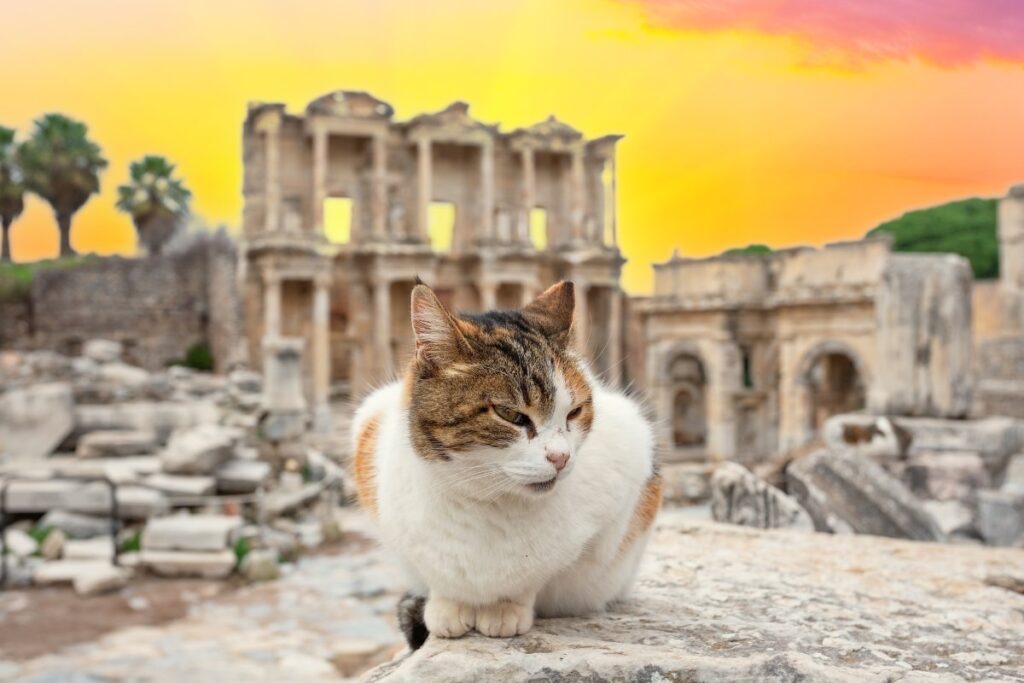
How were cats beneficial to human beings?
The most important point in the evolution of the cat-human relationship was that cats were seen to be useful by human beings. Some of the earliest cats breeds that reached Europe in about 4400 BC were probably from the southwest area of Asia. In this area, human beings used to live in small settlements on fertile land. They would store crops and grains in these settlements, which would automatically attract mice.
Wild cats would kill these mice, and because of this, human beings started viewing felines as useful animals. Many historians believe that this was the first organic encounter between cats and humans and is probably the beginning of how cats came to be domesticated.
One important thing to note, however, is that a cat’s role evolved naturally. Human beings did not forcefully capture cats and tame them to become their pets. Cats and human beings met naturally, and their mutually beneficial relationship then evolved into a genuine friendship over the centuries.
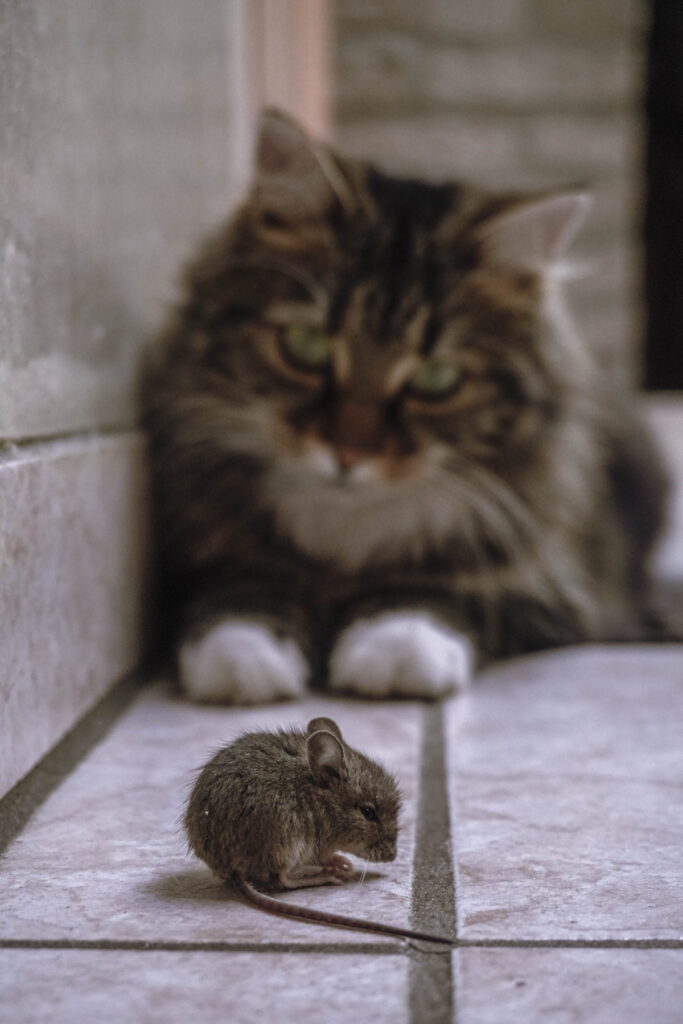
African Cats and their tame qualities
In addition to the cats in southwest Asia, another essential cat breed helped evolve the cat’s role in human lives. We can trace its lineage back to where the cats were found, in ancient Egypt.
These cats had a friendly and tame nature, because of which they became great friends to human beings. Due to this, humans probably kept these wild cats with them and tamed them. Once they were tamed, their owners traveled with them across all of Africa, spreading this breed of pets all over Africa and making it a common character in the stories of the old world.
The most popular pet today
After the spread of cats throughout Africa and Europe, it did not take long for these feline animals to become the most beloved pet across the globe. A cat’s role evolved from being an animal that used to kill rodents and mice to a genuine companion. Even though the DNA of the cat did not change much with this evolution, a cat’s role changed significantly because of the behaviors it learned and adapted. Cats are friendly animals who can become attached to humans. Due to this, a cat’s role today is that of an extremely popular pet that lives in millions of households worldwide.
Do cats impact humans?
Given that we are discussing the cat’s role in human evolution, it is important to know if cats affect humans. Indeed they do. Cats are known to make their owners more empathetic and caring in general, making them kinder people overall. In addition to this, a cat’s role in increasing human intelligence has also been proven through research. This research showed that children who grew up in a household that involved pet cats had higher levels of intelligence overall.

A good companion
The most important part of a cat’s role in human evolution is making good friends and companions for human beings. Whether we are talking about the humans in early Africa or the princes of Europe, a cat’s role as a human companion is undeniable. Cats are silent, but they give excellent company to human beings. This is because they have a serious nature and concerned eyes, making human beings feel like a cat understands what they are saying. After all, cats do have a high level of emotional intelligence. This is why they are excellent companions, even for people who live alone.
Conclusion
We hope that our guide explained to you how vital the role of cats in human evolution is. From being a beneficial animal, to genuinely becoming a good friend, the cat’s role has evolved greatly along with their relationship with human beings. These animals have helped humans become kinder, more caring human beings. In some cases, they are linked to higher intelligence as well! All of this shows us how the cat’s role has evolved, and so have human beings.

